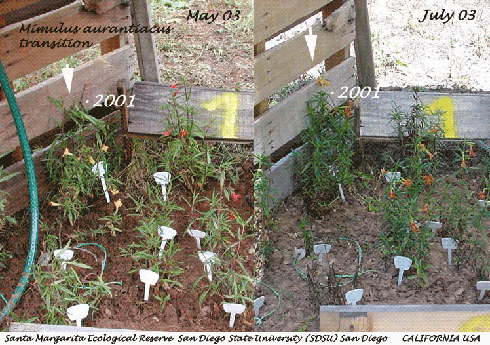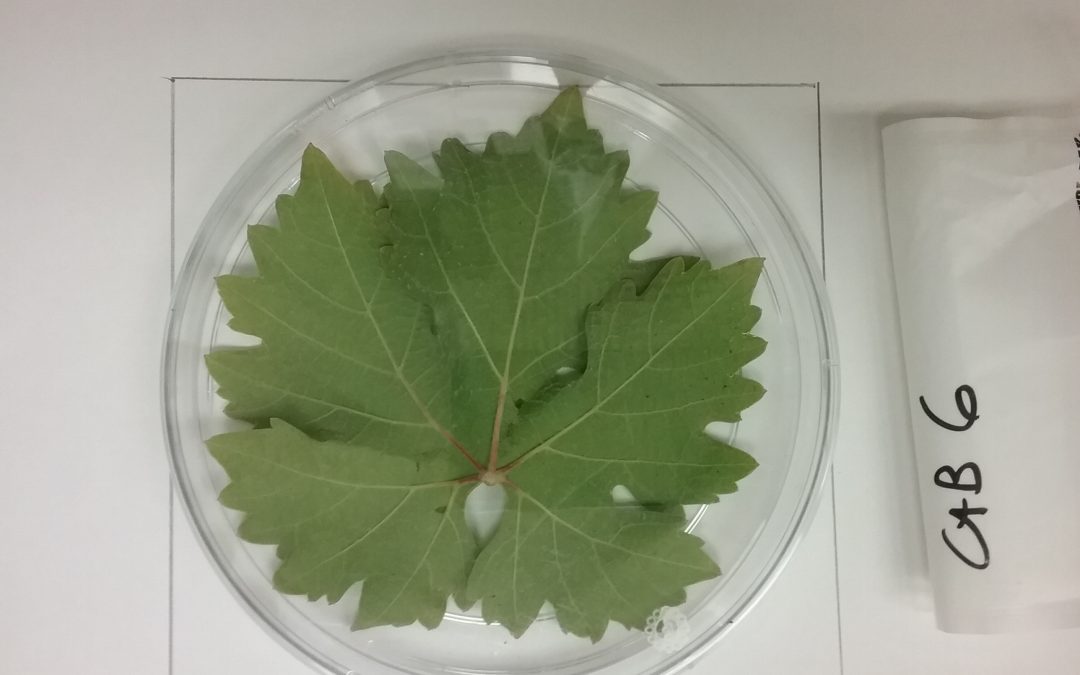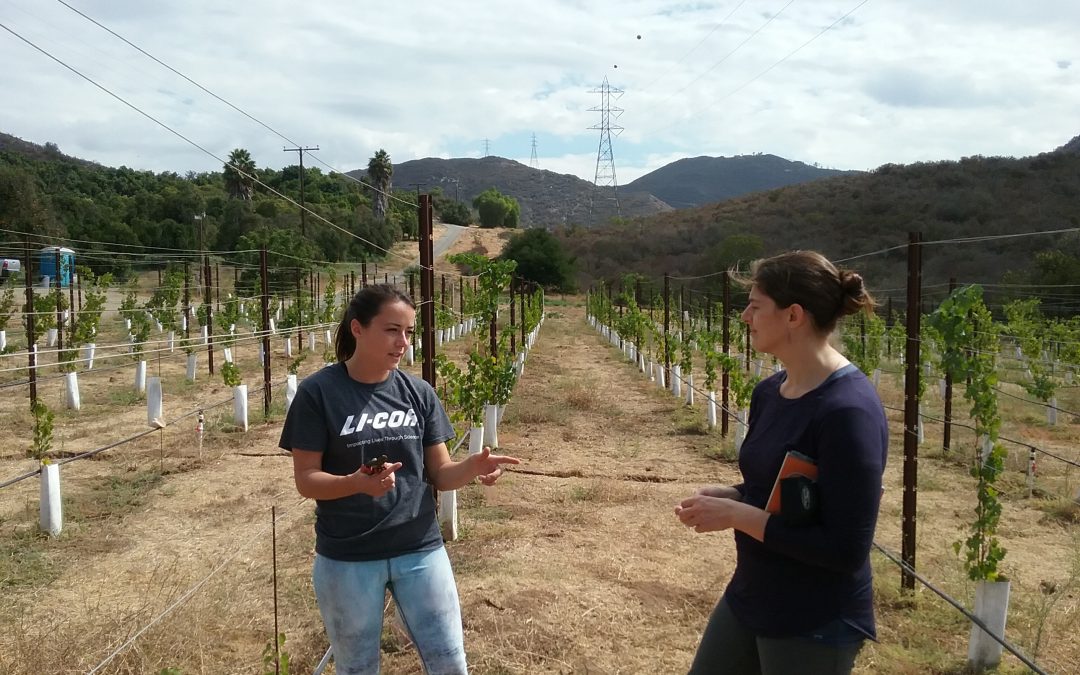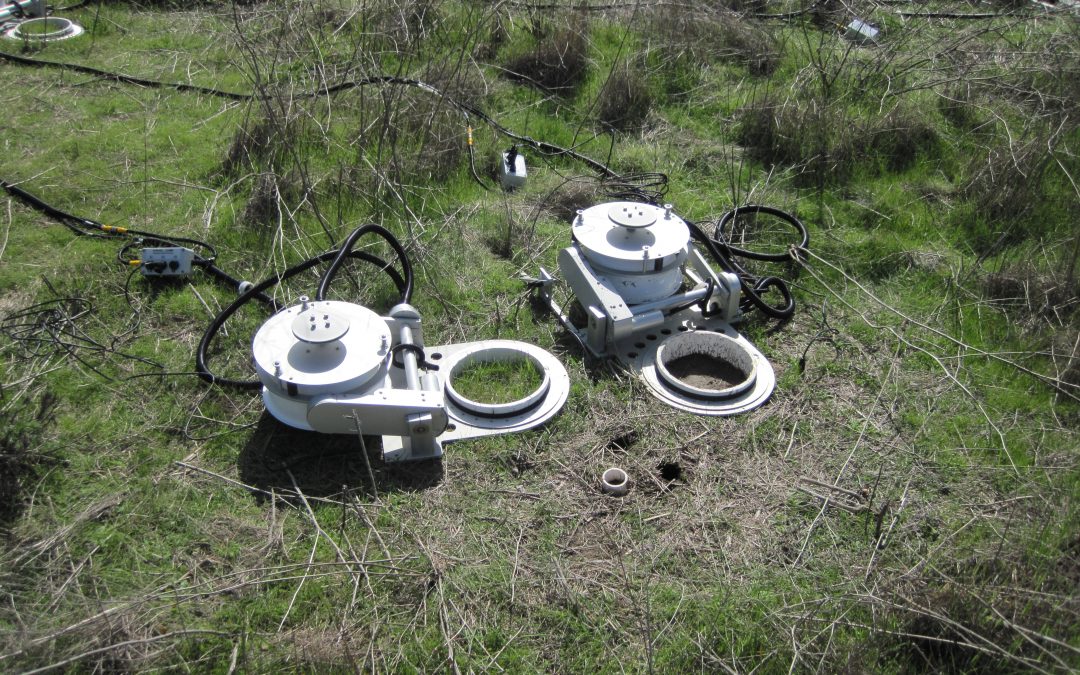
by David Lipson | Jan 12, 2019 | Plant Ecology, Research, SMER
Rolf Baumberger, from the University of Zurich, has studied the sticky monkeyflower, Diplacus puniceus (formerly Mimulus aurantiacus) at SMER for over two decades. An individual plant can switch from a yellow, insect-pollinated flowers to red, bird-pollinated flowers...

by David Lipson | Jan 12, 2019 | Fire, Research, Sky Oaks, SMER
Shown above is a remote fire watch system installed at SDSU’s Sky Oaks Field Station, part of a collaborative project involving UCSD, SDG&E and SDSU. Powered by photovoltaic panels and tied into the HPWREN network, the four cameras provide a 360 degree view...

by David Lipson | Jan 12, 2019 | Conservation, MTRP, Research, SMER, Soils
For her M.S. of Ecology, Sharon Reeves did her thesis research on the use of cyanobacteria and algae cultured from biological soil crusts (BSC’s) for restoring disturbed soils. BSC’s naturally occur on the surface of soils in arid and semiarid...

by David Lipson | Jan 12, 2019 | Agriculture, Research, SMER
The wine grape leaves at the SMER Experimental Vineyard appear to harbor a diverse fungal community. Leaf-associated (phyllosphere) microbial communities can protect plants from diseases and stress. Do different grape varieties harbor different leaf microbial...

by David Lipson | Jan 12, 2019 | Agriculture, Global Change, Plant Ecology, Research, SMER
In 2018, an experimental vineyard was established at SMER. The vineyard is currently supporting the doctoral research of Molly Clemens, who studies the responses of different wine grape varieties to climate variability and elevated CO2. The vineyard is currently...

by David Lipson | Jan 12, 2019 | Global Change, Plant Ecology, Research, SMER, Soils
Coastal sage scrub (CSS) is a semi-arid shrub-dominated ecosystem found in southern California. CSS has been reduced to a tiny fraction of its original extent due to urbanization, conversion to agriculture and degradation by invasive exotic annual plant species. The...







